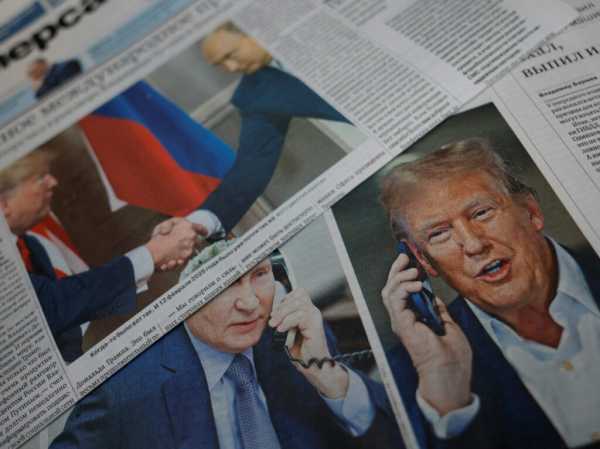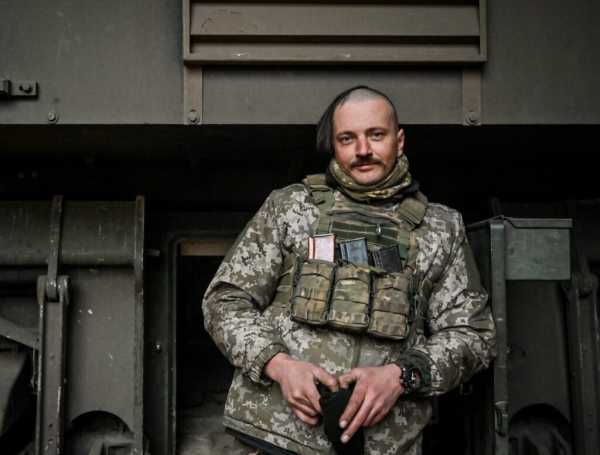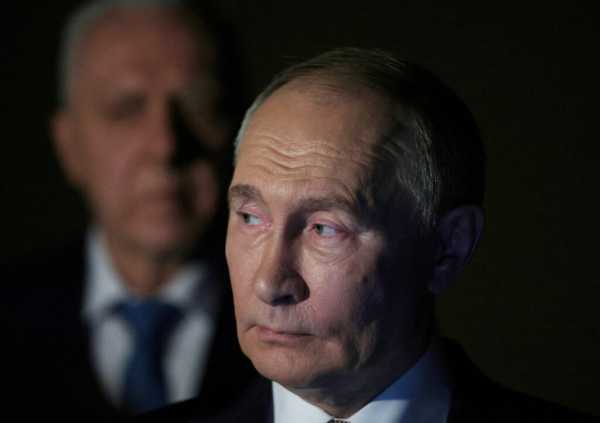
For months, U.S. President Donald Trump and his allies, such as Sen. Lindsey Graham, have said that if Russian President Vladimir Putin rejects peace efforts, the United States will impose new sanctions to force Russia to the negotiating table. But so far, the Kremlin has refused to join Ukraine in accepting the U.S.-proposed ceasefire. Instead, Putin this week demanded sanctions relief in exchange for a limited maritime ceasefire that benefits Russia. Now may be the time to consider putting more pressure on Moscow.
Putin, of course, has little interest in ending the war. After agreeing to a pause in attacks on energy infrastructure during a March 18 phone call with Trump, he launched several large-scale drone and missile strikes against Ukrainian civilian and energy targets.
If the U.S. uses sanctions alone to pressure Putin, the impact will not be felt immediately. To get the Russian leader’s attention, new sanctions must be combined with tougher enforcement of existing sanctions and expanded military aid to put Ukraine in a better position on the battlefield. More than anything else, the military reality on the ground in Ukraine is the deciding factor in efforts to end the war. Fortunately, this is the area where Trump has the greatest ability to shape perceptions.
Republicans in Congress have expressed interest in expanding sanctions against Russia, particularly efforts to deprive Moscow of energy revenues while boosting U.S. energy exports to reduce Putin’s military spending. Any legislation to achieve these goals should also include new funding for the Presidential Reductions Authority, so that Trump can send armored vehicles, long-range guns, air defenses and more to Ukraine, and replenish U.S. stockpiles with new replacements.
Legislative steps could also include funding for the Ukraine Security Assistance Initiative, which would allow the president to award contracts for new weapons that would benefit Ukraine while creating jobs for American manufacturers and revitalizing the domestic defense industrial base.
The delivery of new military aid would send a much-needed signal of resolve after two months of soft-ball tactics by the Trump administration toward Russia. Record-high numbers of Americans now believe Trump is doing too little to help Ukraine and believe he is siding with Russia. Trump’s special envoy Steve Witkoff recently reinforced these concerns by uncritically repeating a number of the Kremlin’s false narratives used to justify its invasion of Ukraine during an interview with Tucker Carlson.
Trump’s team has already laid out a case for increasing military aid to Ukraine. Last April, Keith Kellogg, the special representative for Ukraine, wrote that if Kyiv did not come to the negotiating table, the U.S. should withhold military aid, and if Russia refused to negotiate, aid to Ukraine should be increased. Trump has since continued to cut aid to Ukraine, but resumed deliveries after Kyiv said it was willing to accept Trump’s offer of an unconditional cease-fire.
With Ukraine now backing Trump’s ceasefire proposal and Putin continuing to find new reasons for delay, it is hard to avoid the conclusion that Russia is the main obstacle to peace. The recently announced ceasefire in the Black Sea falls far short of Trump’s original proposal, with the Russians demanding sanctions relief before implementing it. Putin has tried to impose his own terms for the ceasefire, while also demanding “a complete halt to foreign military aid and intelligence sharing with Kyiv.” This would leave Ukraine isolated and disarmed in exchange for a pause in the fighting.
Trump must respond to Putin’s stalling tactics by following the advice of his secretary of state, who said back in January that Ukraine needs more leverage over Russia. That means changing Putin’s battlefield calculations and ending the Russian military’s harassment.
Strengthening Ukraine’s position on the battlefield could be politically advantageous for Trump. Former US President Joe Biden has long been criticized for his misguided approach to providing military aid to Ukraine. Biden’s cautious policies have left Ukraine with enough to survive, but not to win.
Trump could now right Biden’s wrong by making historic cuts to presidential spending and dramatically increasing military aid to Ukraine to bring Russia to the negotiating table. He could also use the REPO law to force Russia’s own frozen assets to pay for any new aid, an idea that Speaker Mike Johnson previously called “pure poetry.”
Russia is not yet ready to enter into serious peace talks, but Putin is in a vulnerable position. He has sacrificed vast numbers of troops for modest gains in Ukraine and is struggling to replace the vast amounts of equipment lost in costly frontal offensives. At home, the Russian economy is showing signs of strain, with high inflation and labor shortages.
Despite the worsening prospects, Putin is still betting that he can outlast the West in Ukraine. With U.S. support for Ukraine in doubt and deep divisions within the transatlantic alliance, he has less reason to compromise than ever.
In his book, The Art of the Deal, Trump argues that the best way to negotiate is to “just keep pushing and pushing and pushing to get what I want.” So far, we’ve seen the president put enormous pressure on Ukraine, withholding aid, siding with Moscow at the UN, and even calling Zelensky a dictator. We’ve never seen this kind of pressure on Russia.
Putin’s approach to negotiations currently resembles “The Art of the Deal” far more than Trump’s. The Russian dictator continually insists on further concessions while offering very little in return. If Trump wants to achieve genuine peace, he will need to put much more pressure on Moscow. Increasing sanctions is a necessary step, but giving Ukraine the weapons it needs to push Russia back on the battlefield is likely to be far more effective.
Doug Klein is a nonresident fellow at the Atlantic Council's Eurasia Center and a policy analyst at Razom for Ukraine, a U.S.-based humanitarian aid and advocacy nonprofit.
Source: Source



